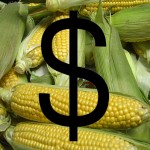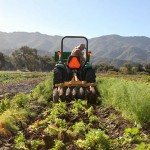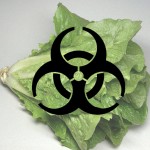 On Tuesday, voters in Washington State voted down a ballot measure to require labeling of foods containing genetically modified ingredients. The measure was similar to a bill defeated in California last year, and if it had passed, it would have made Washington the first state in the nation to require GMO labeling. However, the whole affair played out in the typical fashion of most agribusiness vs. grassroots initiatives: whoever spends the most gets the votes. Whether you support GE labeling or not, a critical analysis of the campaign raises some interesting questions about the efficacy of labeling initiatives and the role of money in political campaigns. Continue reading
On Tuesday, voters in Washington State voted down a ballot measure to require labeling of foods containing genetically modified ingredients. The measure was similar to a bill defeated in California last year, and if it had passed, it would have made Washington the first state in the nation to require GMO labeling. However, the whole affair played out in the typical fashion of most agribusiness vs. grassroots initiatives: whoever spends the most gets the votes. Whether you support GE labeling or not, a critical analysis of the campaign raises some interesting questions about the efficacy of labeling initiatives and the role of money in political campaigns. Continue reading
Themes
-
UVM Food Systems Resources
Blogroll
- Beginning Farmers
- Chelsea Green
- Civil Eats
- CNN Eatocracy
- Ecocentric
- Epicurious Epi-log
- Ethicurean
- Field Notes
- Food + Tech Connect
- Michael Pollan
- New York Times Diner's Journal
- NPR's The Salt
- On Food (Mark Bittman's Blog)
- Politics of the Plate
- Smithsonian Food & Think
- The Greenhorns Blog
- Vermont New Farmer Network
- Women's Agricultural Network














